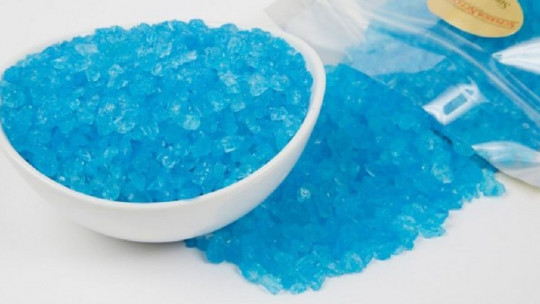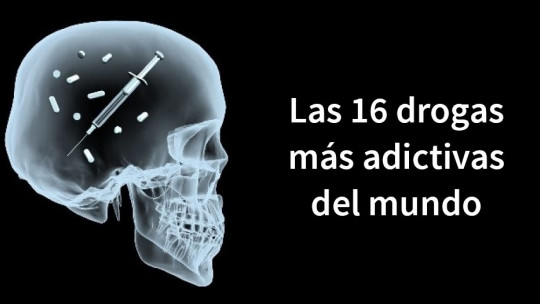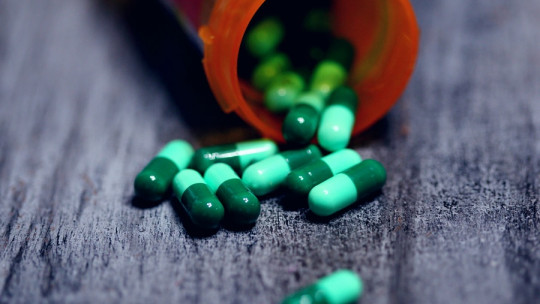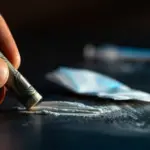
The link between cocaine and alcohol consumed successively (not simultaneously), where the consumption of one substance is initiated to calm the unpleasant effects that the other substance has left, produces devastating effects.
In this article we will see what happens when the consumption dynamics of these two addictive substances are mixed.
Two types of very addictive stimulants
Alcohol is a toxic substance, capable of producing addiction and although in the first place it produces a disinhibiting effect stimulant, is located in the category of depressant psychoactive substances.
This is because after a first moment of producing a disinhibiting action, which stimulates impulses and blocks rational thought, alcohol begins to produce a general decrease in different functions of the body that we will later describe.
Cocaine is a stimulant psychoactive substance, which alters the different functions of the body. It is generally inhaled in powder form, but it can also be administered via injection into the bloodstream or smoked in the form of a packet (base paste) or crack, which are the ways in which cocaine can be subjected to heat, since otherwise it would burn. In all its forms, cocaine is a substance highly capable of producing addiction.
We can state that the alternating and successive mode of consumption usually occurs in the context of a bond of need between the consumer and both substances, supported by the function that each drug can fulfill depending on the person and the use they give them. That is: a person may require the use of cocaine to avoid the “lowering” effects of alcohol as well as needing alcohol to get out of the state of alteration that cocaine produces.
Effects of alcohol and cocaine consumption
Excessive alcohol consumption produces:
With consecutive use of cocaine, the user may seek to re-activate his or her body and mind, under the conception that through this drug he or she will recover dormant functions resulting from his or her state of intoxication and thus achieve a state of greater “stability.” .
Cocaine consumption produces:
In this way, the depressive consequences of the typical “low” that occurs in the final stage of the drunken episode are counteracted.
At the same time This state of hyperstimulation generated by cocaine can produce tachycardia muscle rigidity, hallucinations, tremors, dizziness, restlessness, anxiety, panic attacks, aggression, insomnia and people resort to alcohol intake to “get off” that feeling of loss of control and excessive hyperactivity.
The appearance of alternating consumption
We investigate the immediate effects of each of these two substances intended for episodic use, to understand why many people maintain this type of alternating consumption. We do not stop to expose the various long-term effects of compulsive consumption that are much more extensive than those mentioned (such as, for example, physical, psychological, relationship, work, legal problems, etc.) because they are beyond the objective of this article.
In this way we describe how one substance counteracts the effect of the other without idealizing either of the two or forgetting the harmful nature of both. Both alcohol and cocaine are psychoactive substances that have negative consequences throughout the body, which will occur depending on how, when and how much is consumed.
Whether an addiction develops will depend on multiple factors An addiction is not triggered by the simple act of using a substance, but every addiction begins with a simple use.








